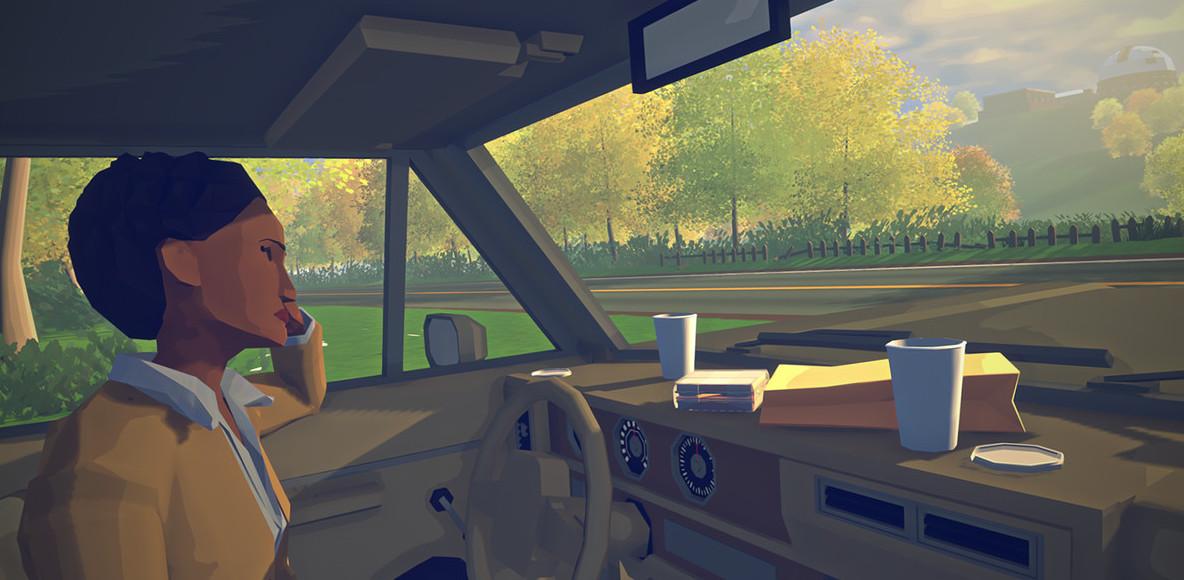I played “Virginia,” a single-player first-person thriller set in a small town, developed by Variable State and published by 505 Games, where players play the character of Anna Traver, an FBI agent investigating the mysterious death of teenager Lucas Fairfax.
Players travel between locations, interact with other characters, and with objects in the environment. The game has been lauded for striking “a fine balance between storytelling and interactivity in a way that narrative-driven first-person adventure games have not accomplished since their inception.”
“Virginia” is a mystery game at its core, and “Virginia” fosters this mystery with real-time cinematic editing, cuts and dissolves that propel events forward in time, which makes for an unsettling experience as the player navigates the fictional town of Kingdom in first-person with scenes transitioning unexpectedly after the player completes various actions. The cinematic quality to the game forces the player to actively reason about the environment they are in, the direction the storyline has taken, and about the nature of the relationship between the characters. And “Virginia” is deeply about interpersonal relationships, as Anne must monitor Maria for signs of distrustfulness, and as Anne must monitor other characters and make sense of their actions in the interest of uncovering the mystery of Lucas Fairfax’s disappearance.
Additionally, there is no text/speech between players, game mechanics that contribute to the sense of mystery with a large portion of the game driven by the quality of the visual cues, scenes, and interactions the player has as Anne engaging with the world around her in Kingdom. Having no text/speech between players to direct characters, a strange decision given the nature of similar narrative-driven games like “What Remains of Edith Finch,” is a decision constrained by technology, time, and budget needs. The effect is that players must pay extra attention to visual details in the game. The mystery becomes a narrative that players stitch together in their heads, in the absence of a text-driven narrative. This is not to say that there is an absence of sound in the game, rather, the game won best audio for music composed by Lyndon Holland that cultivates a moving emotional potrait of game events as they take place.





